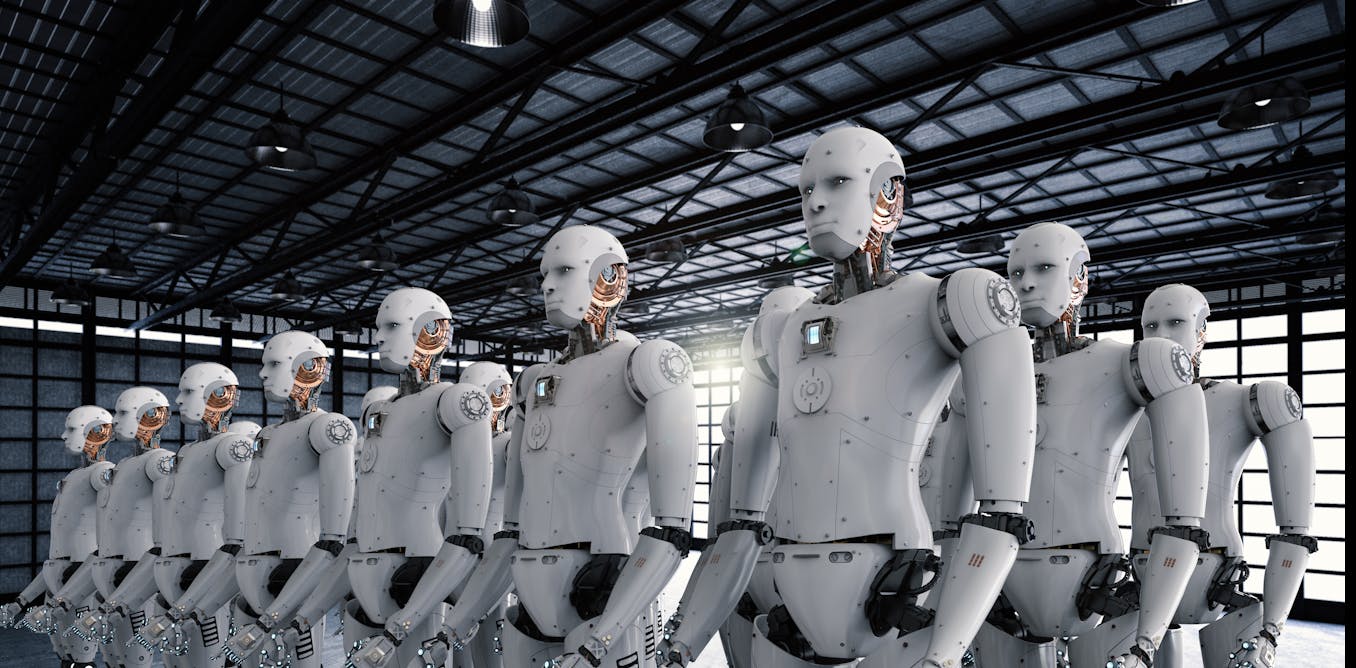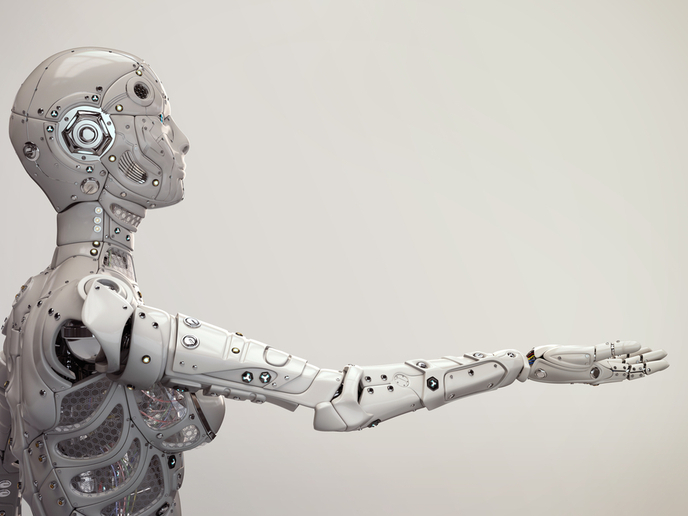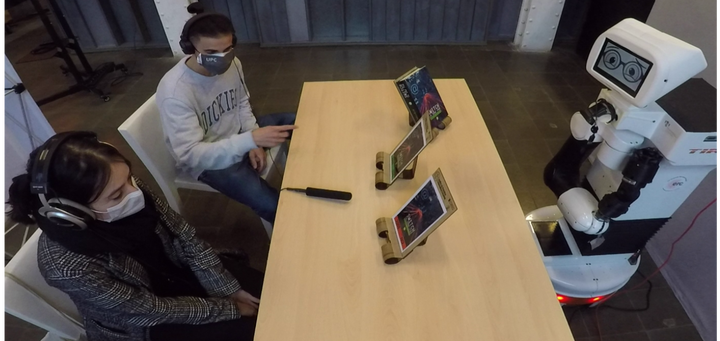
Theory of Applied Robotics: Kinematics, Dynamics, and Control (2nd Edition): Jazar, Reza N.: 9781441917492: Amazon.com: Books
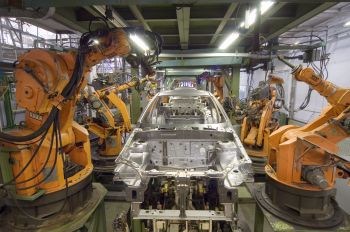
How game theory can bring humans and robots closer together : Broadcast: News items : University of Sussex

Theory of Robot Control (Communications and Control Engineering): Canudas de Wit, Carlos, Siciliano, Bruno, Bastin, Georges: 9781447115038: Amazon.com: Books
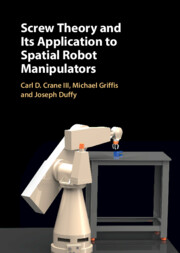
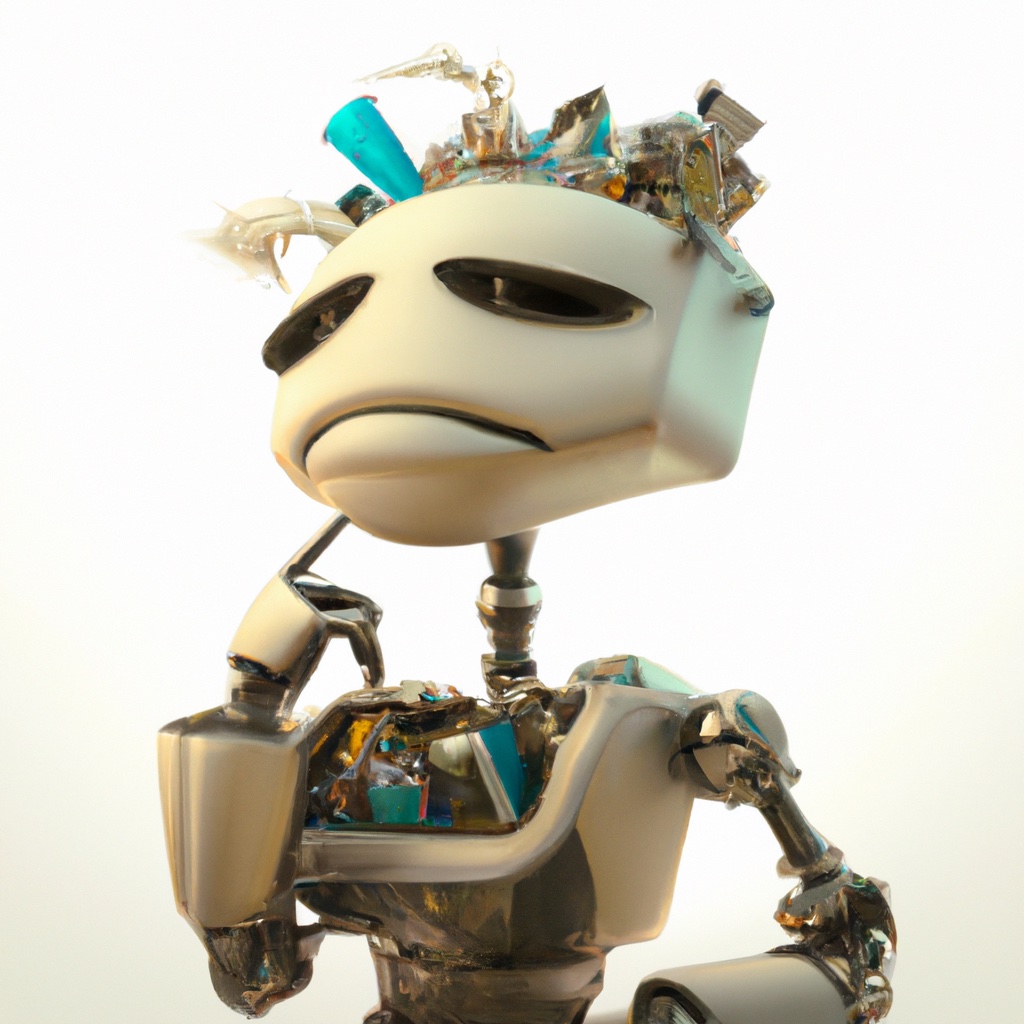

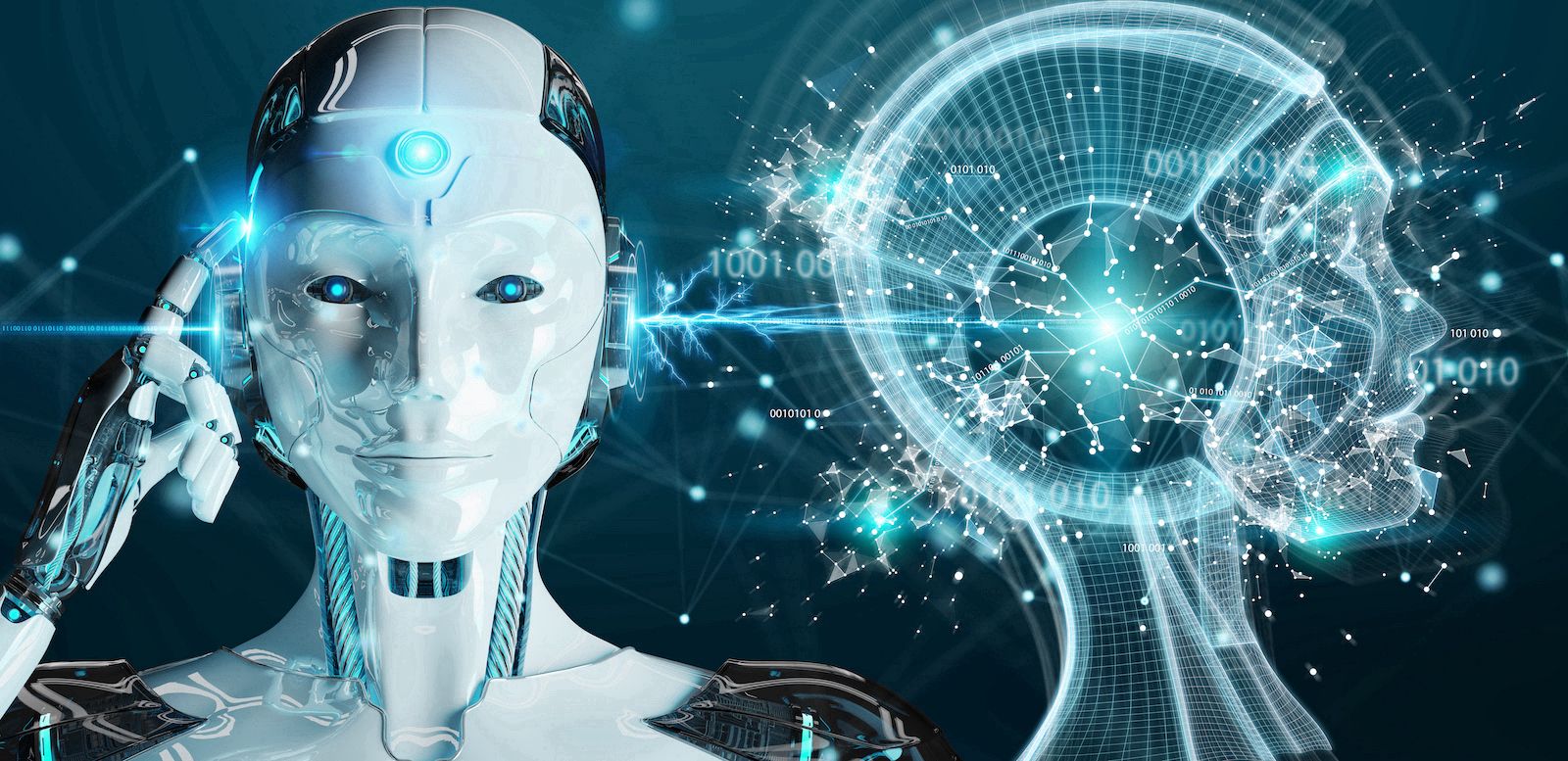



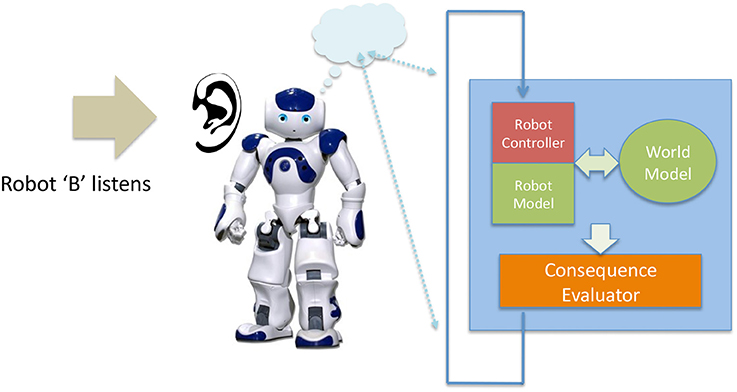
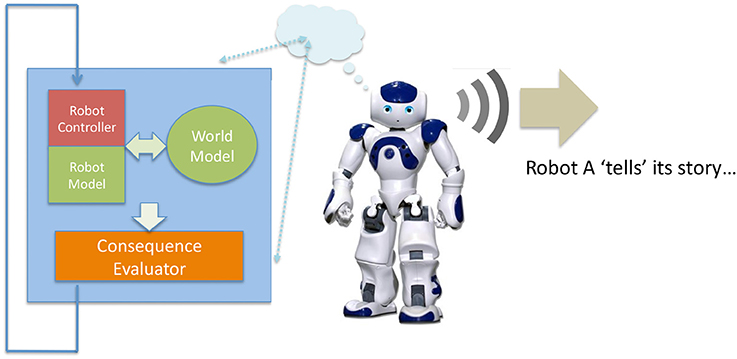
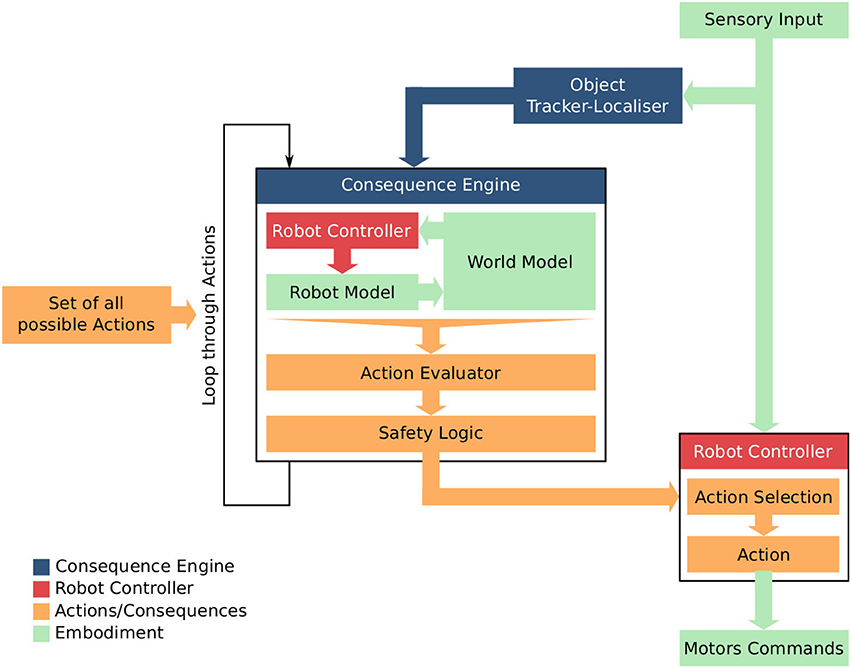

![A Psychological Theory Helps Robots Walk Like Humans [Video] A Psychological Theory Helps Robots Walk Like Humans [Video]](https://scitechdaily.com/images/Self-Balancing-Robot.jpg)
